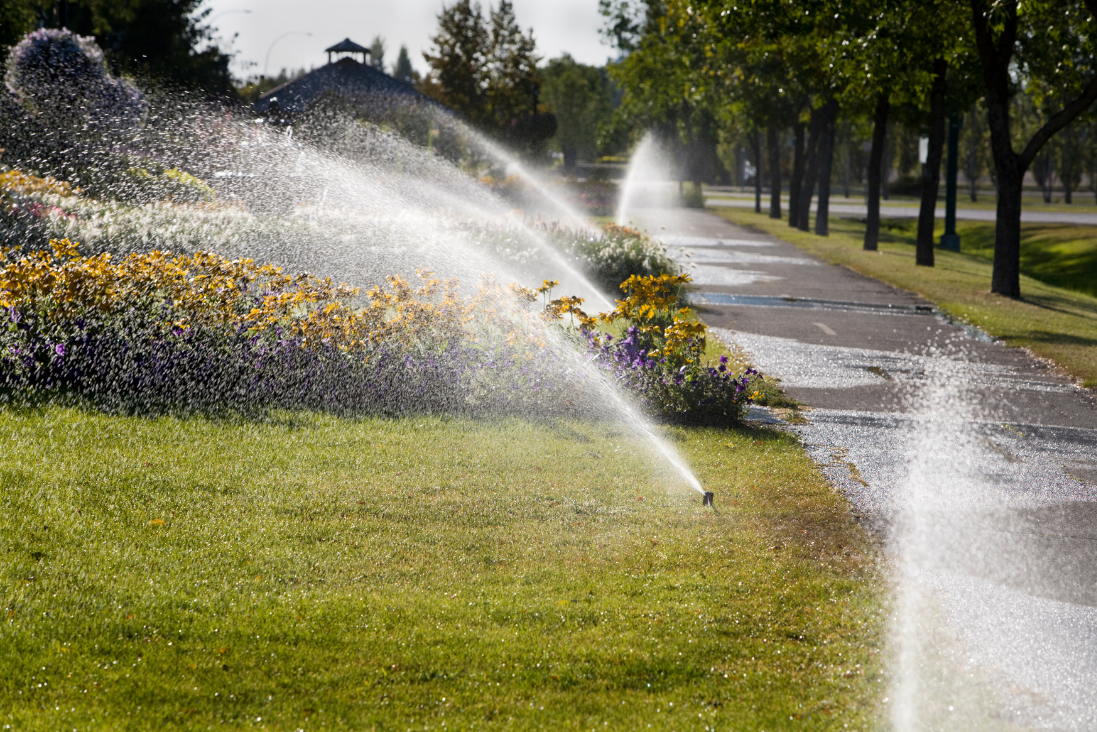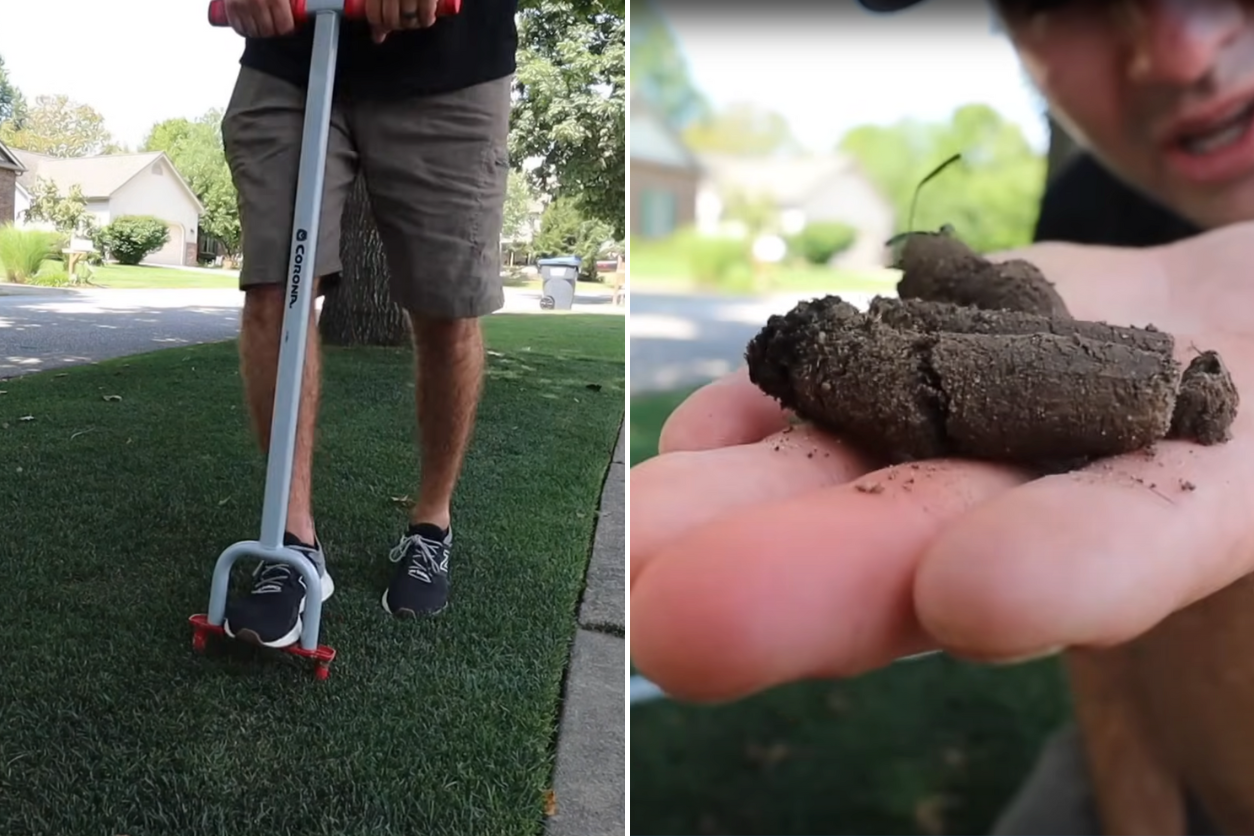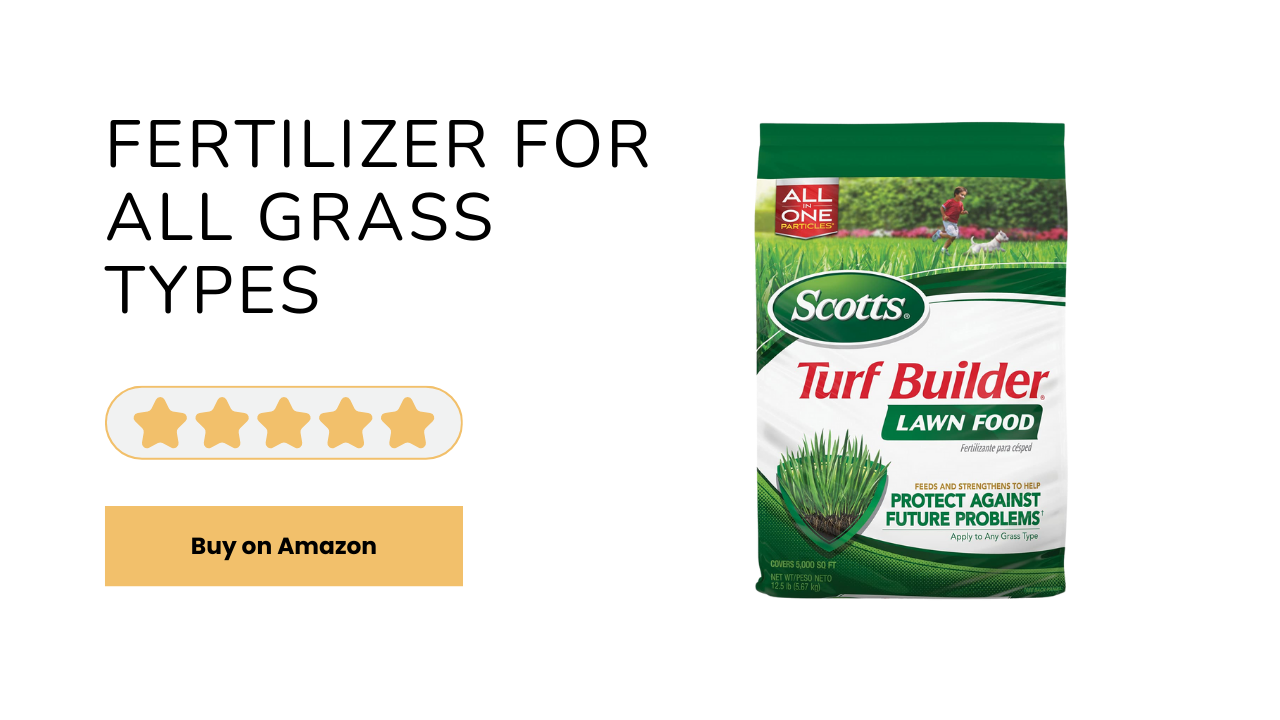Your Complete Guide to Fall Lawn Care

Fall is the perfect time to prepare your lawn for the year ahead. The temperatures are cooler, there’s often more rain, and the grass is eager to store up energy before winter. When it comes to maintaining a lush lawn, that means looking ahead to next spring.
You might think that simply tossing some fertilizer around will do the trick, but the truth is that fall lawn care is about more than just the surface. It’s about what’s happening underneath. Whether you’re dealing with a fescue lawn or something else, the steps are generally the same. It’s all about giving your grass the best possible start before the colder months set in.
Related: Summer Lawn Care Guide
Aeration and Thatch Removal
Before we even get to fertilizing, there’s a critical step that often gets overlooked: aeration and dethatching. Think of your lawn like a sponge—it needs to be able to breathe and absorb nutrients effectively. Over time, thatch, which is a layer of dead grass and roots, can build up and create a barrier that prevents water, air, and nutrients from reaching the roots.
Using a tool like a thatching rake can help remove this buildup and open up the soil. It’s a bit like giving your lawn a deep cleaning. You want to make sure your grass can absorb all the goodness you’re going to give it. If you have a lot of thatch, your grass can end up starved for nutrients, leading to a weak lawn. If you haven’t dethatched in a while, now is the perfect time to do it. Aim for a nice balance—removing enough to improve soil access but not so much that you damage the grass.
Related: How To Care for Your Bermuda Grass Lawn
Aeration is basically punching small holes in the soil to allow air, water, and nutrients to penetrate deeper. This can be particularly beneficial in areas where the soil is compacted, such as high-traffic areas. This should ideally be done when the soil is moist but not soggy. I prefer a core aerator that removes plugs of soil, which I usually leave on the lawn to decompose naturally.

Fertilization
Once your lawn is aerated and dethatched, it’s time to think about feeding it. Fall fertilization is all about building strength for the upcoming winter months. Using a fall-specific fertilizer, often called “weed and feed,” is an excellent choice. These fertilizers are specially formulated to give your grass the nutrients it needs while also tackling weeds that may have crept in during the summer.
Related: Best Fertilizers for Lawns
The key nutrients in fall fertilizers are nitrogen and potassium. Nitrogen helps with growth and gives your lawn that rich green color, while potassium strengthens the roots and increases the grass’s resistance to disease and cold. Apply the fertilizer when the lawn is slightly damp, either after a rain or a light watering, to help it stick to the grass and soak into the soil.
Make sure to follow the instructions on the fertilizer package, as applying too much can burn your lawn. And remember, you won’t need to mow as often after fertilizing, so give your grass some time to absorb all those nutrients without disruption.
Mowing
As the temperatures drop, your grass will start to grow more slowly, but that doesn’t mean you should put away the mower just yet. Mowing is still an important part of fall lawn care. Keep your grass at a consistent height, generally around 2.5 to 3 inches for most cool-season grasses, to protect it during the winter.
One thing to remember is not to cut the grass too short. While it might seem like a good idea to give your lawn a short cut before winter, cutting it too short can actually expose the roots to frost and disease. Follow the one-third rule, which means never cutting more than one-third of the grass blade at any one time. This keeps the grass healthy and helps prevent stress.
Related: Can You Cut Wet Grass?
Watering
Just because the temperatures are cooler doesn’t mean your lawn doesn’t need water. Consistent watering during the fall helps your lawn build up reserves for the winter. However, be mindful of the weather. If you’re experiencing a particularly wet fall, you might not need to water as often.
A good rule of thumb is to ensure your lawn receives about one inch of water per week. This can be from rainfall or supplemental watering. Using a rain gauge can help you keep track of how much water your lawn is getting. And, if you have an irrigation system, now is a good time to make sure everything is working correctly and adjust the settings as needed.
Spot Treating and Weed Control
Fall is also a great time to tackle any weeds that have managed to take hold over the summer. Applying a post-emergent herbicide with a weed sprayer can help eliminate broadleaf weeds and crabgrass, which are common in many lawns. It’s also a good time to spot-treat any areas with particularly stubborn weeds.
When using herbicides, follow the instructions carefully and avoid applying them during periods of extreme heat or drought, as this can stress the grass. Once temperatures have cooled down and your lawn is healthy, it will be more resistant to weeds naturally.
Preparing for Winter
Finally, as fall starts to give way to winter, there are a few extra steps you can take to protect your lawn. Rake up any leaves and debris that might be covering the grass. Leaves left on the lawn can create a mat that blocks sunlight and traps moisture, leading to mold and disease.
Consider applying a winterizing fertilizer, which is specifically designed to help your lawn store energy and nutrients through the colder months. This type of fertilizer typically has a higher potassium content to strengthen roots.
It’s also a good idea to do a final cleanup, putting away hoses and any garden tools that might be left out. Clean and store your mower properly, so it’s ready to go when spring arrives.
